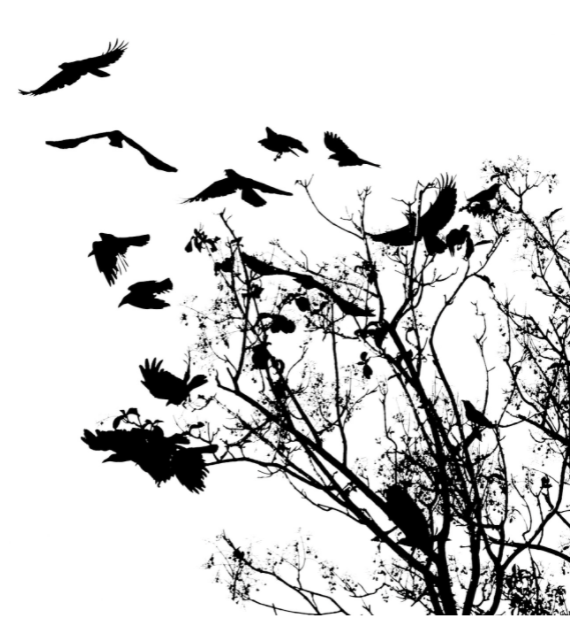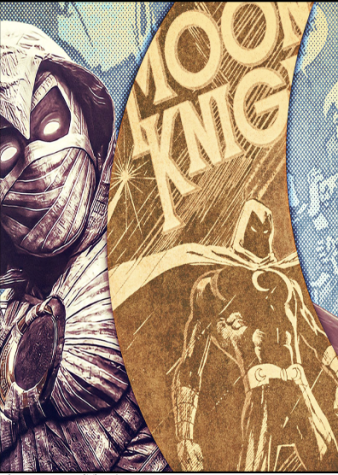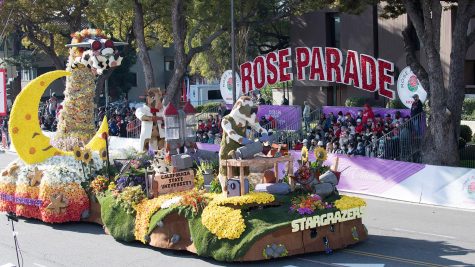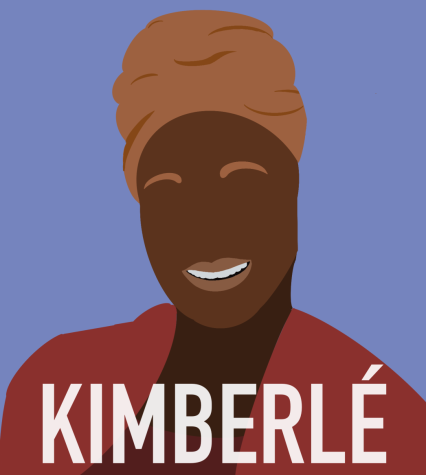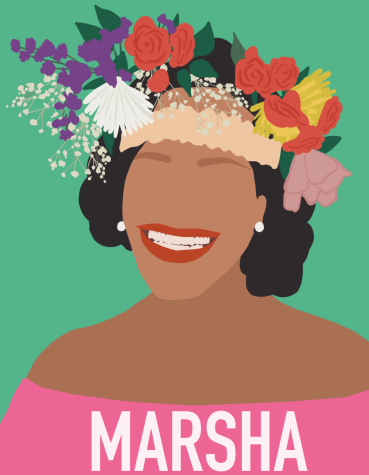A city of crows
For millennia it seems humans and birds have been at ends, from the Australian ostrich wars to common pigeon shooing, to now, in Sunnyvale, California where the crow population has made national headlines. Fearless birds litter Murphy Street, making a mockery of plastic owls and anti bird spikes, a supposed disturbance to the idealistic inner suburbs.The crows presence and our disturbance perhaps symbolistic of a changing environment and our relationship with the natural world. One could argue it was their world first before the skyline of Silicon Valley grew from this once orchard. Yet they have grown up alongside us, adapting to flourish in urban environments.
“They respond well to our lawns and playing fields. Our waste management practices, and they love the warmth of the inner city,” executive director of the Santa Clara Valley Audubon Society Matthew Dodder said. “ And they like to see the lights, the lighting that they find there because it protects them against predators.”
Additionally the large roost which has caused such controversy is in fact a seasonal thing, according to Dodder, they form breeding groups in fall and winter for protection.
Crows are smart, forming complex relationships with tight families and exhibiting strong problem solving abilities. In a much more intense incident in 2008 at Kagoshima, Japan, they were known to cause mass blackouts with the nests they built along the power lines. Facing the destruction of nests and chicks they started making more “dummy nests” to distract their human persecutors, in return this caused more blackouts. In other cases they have been known to recognize different people, hold grudges and bring gifts to those who provide them amenities.
This resourcefulness makes them near impossible to get rid of, even the lasers which run the risk of blinding the birds are only a short-term solution.
“[The Crows] are not easily fooled.[…] they may move temporarily but they come right back,” Dodder said .
As for residents, the birds are a mere minimal safety concern as their presence, which is described as a moderate roost, poses no substantial negative effects. Still the public’s fixation on the crows persists and is representative of a new Silicon Valley. According to Leonardo Flores, a Sunnyvale native, a lot has changed as the city has grown over the past 10 years.
“ [People] move in who are not really from around this area; they don’t see how Sunnyvale has been for the past 10 years. They’re seeing things that they don’t like and they complain about it. And it comes with that entitlement,”Flores said .
Many feel that since the crows refuse to leave, it falls upon us to adapt to a natural world as opposed to bending it into our skyscrapers and sidewalks. The birds which flutter through folklore now converge in downtown Sunnyvale alongside our stores and restaurants. They live in a polar world alongside ours, cawing through the technological aesthetic which Silicon Valley curates.
So perhaps it is our privilege as the current residents of this valley to inherit a cultural pride in our birds.
“We don’t have much as such a small city to take pride in, in my opinion,” Flores said , “but I think about the things that I can talk about when people come and are like what’s, what’s important about Sunnyvale? [..] I love the crows.”


